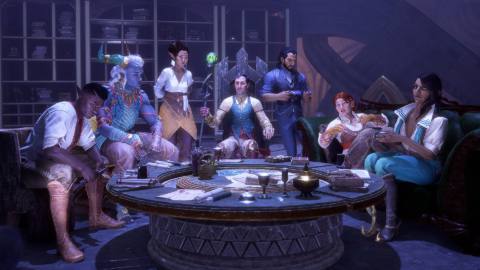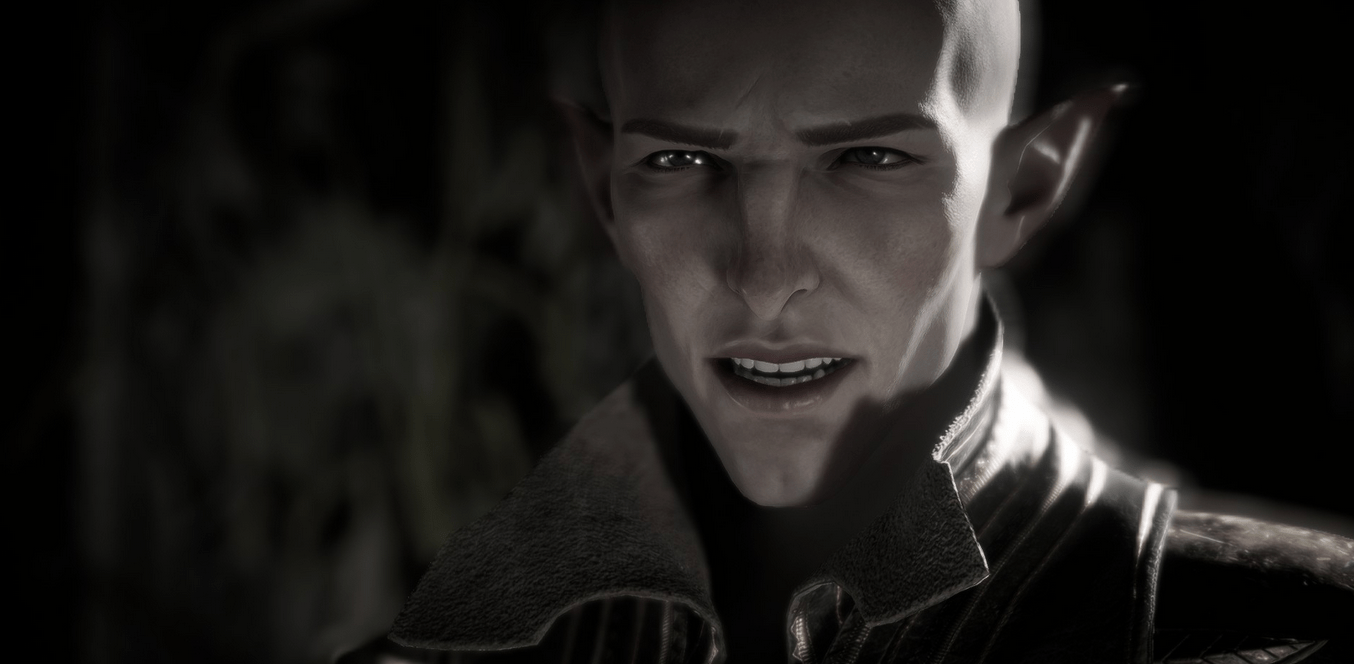
Heading into Dragon Age: The Veilguard is a bit of a shock for longtime fans who have been following the fantasy franchise since its earlier days. The game doesn’t use the Dragon Age Keep, an app that players could use to track their past decisions made in other Dragon Age games — decisions that could end up paying off in unexpected ways in a new title. This browser app allowed players to whip up a save state by going over both major and minor decisions that could then influence events in a forthcoming game. But Veilguard has abandoned the Keep altogether, narrowing the world state down to three major questions. This ended up working out narratively better than I expected, and it’s less of a loss than I feared.
The Keep tracked the decisions made by the Hero of Ferelden (the protagonist from Dragon Age: Origins) and Hawke (from Dragon Age 2), which could set up some very different scenarios in Dragon Age: Inquisition. For instance, in my Inquisition game, Alistair is the King of Ferelden. In someone else’s save, he might be a Grey Warden whom players encounter in the field — and potentially even sacrifice! I saved Connor, a possessed child mage in Redcliffe, and he showed up in Inquisition’s Redcliffe, assuring me I had made the right choice. On the other hand, I backed King Bhelen to take Orzammar’s throne in Dragon Age: Origins, and in Dragon Age 2 I found out Bhelen was systematically hunting and murdering the entire family of his competitor Harrowmont. Yikes!
Having these decisions carry over and pay off was hugely rewarding, but shackling The Veilguard to players’ past canons would have been very difficult. Instead, the three choices all come from Inquisition’s final DLC, Trespasser. They are:
1) Which companion did the Inquisitor romance?
2) Did the Inquisition disband, or was it folded into the Chantry?
3) Did the Inquisitor condemn Solas, or decide he could be saved?

Trespasser explains the gravity of the second choice very well; the Inquisition is infested with spies and prone to corruption, but it has access to martial might and resources. Disbanding the Inquisition leads to a much smaller group, but one that is less susceptible to external schemes. The other two choices are much more personal, and play out as Rook interacts with the Inquisitor in The Veilguard. This small selection of choices is actually ideal.
Part of the reason that I’m OK with a relatively blank slate is that The Veilguard is set in the global north; we don’t even go to the familiar lands of Ferelden or Orlais. Ultimately, the choices players have made in prior games as to who holds the Sunburst Throne, or whether to support mages or templars, are irrelevant to this new story. That’s OK with me — after three games of arguing about the morality of mage circles and templar authority, I’m glad to move on to new problems.
It also frees BioWare designers of the complex quantum canon that the Keep allowed. Is the Hero of Ferelden an elf, human, or dwarf? Are they alive, dead, or a monarch? Who is serving as the Divine: Cassandra, Leliana, or Vivienne?
There are choices that I admit I wish The Veilguard could account for, especially the fate of the Well of Sorrows, but with a 10-year break between Inquisition and The Veilguard, I can see why BioWare chose to start fresh. Luckily, there’s lots of new ground to cover, and I didn’t find myself missing the Keep too much. Hopefully, if we get more Dragon Age games in the future, we can see BioWare find new ways to integrate previous choices.
